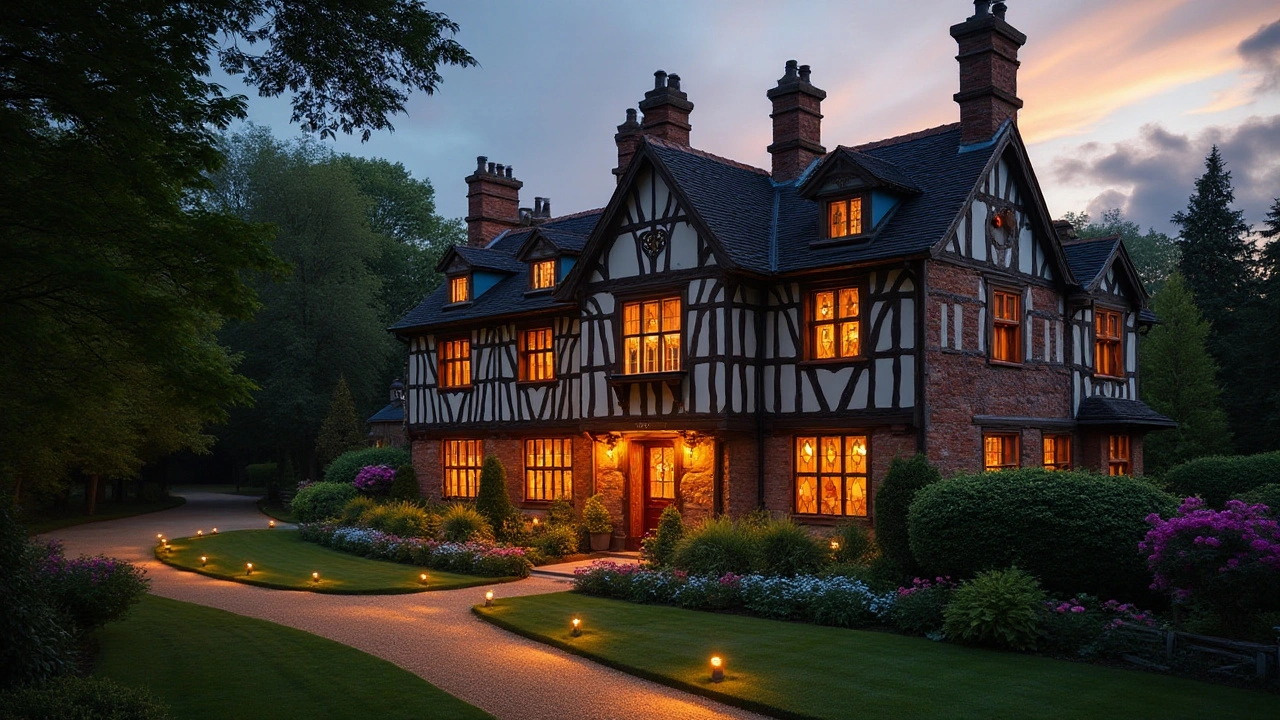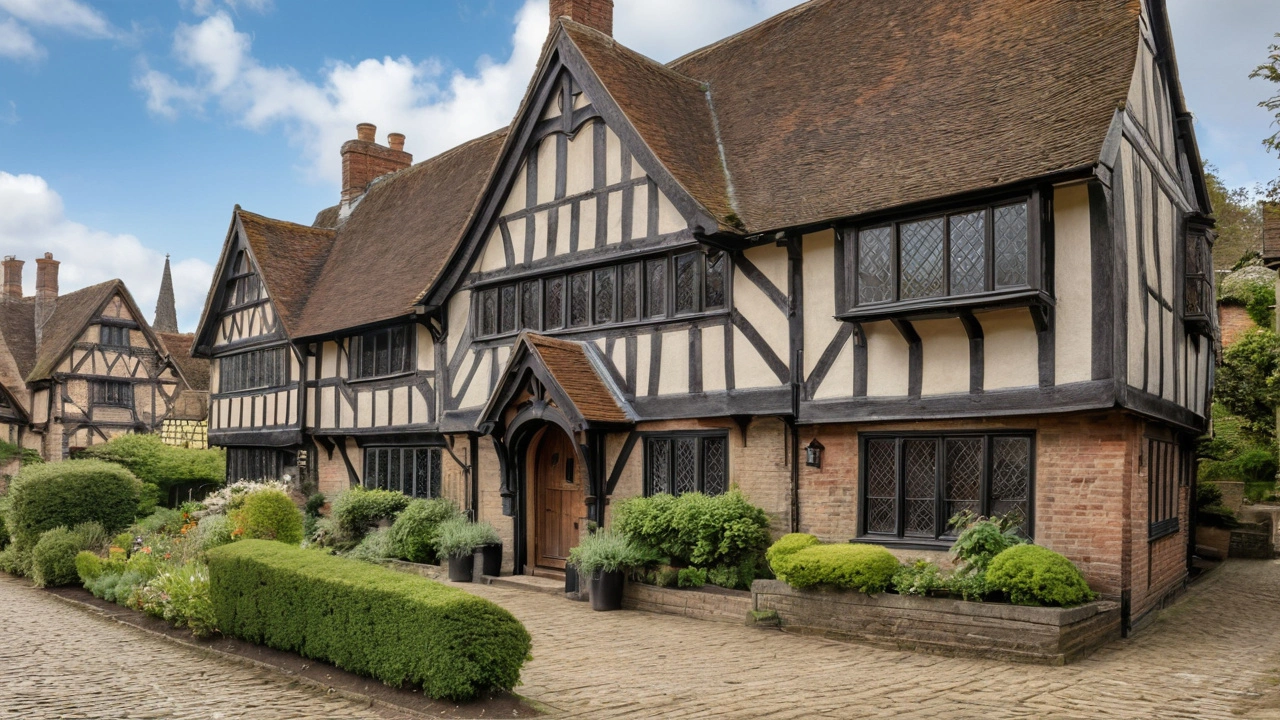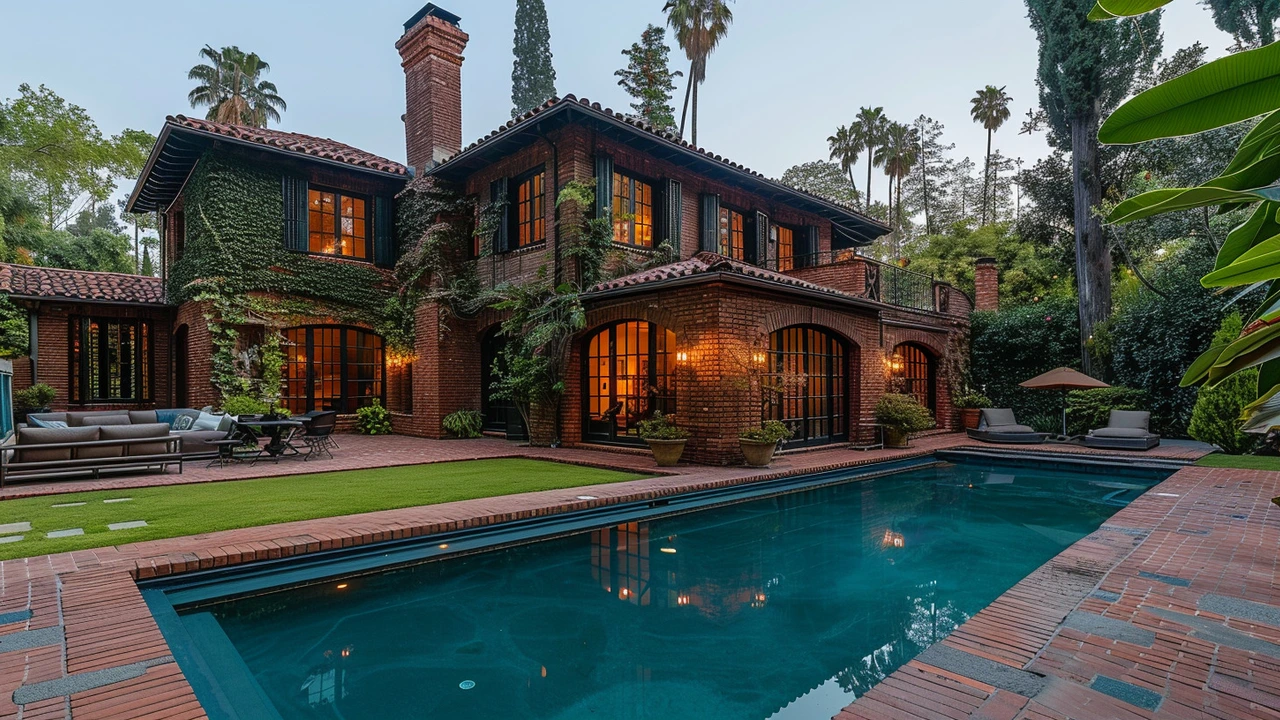This article explores the distinctive elements and enduring appeal of Tudor architecture, a classic style that originated in England during the late 15th century. It delves into the key features such as timber framing, steeply pitched roofs, and ornate gables. The article also addresses how Tudor architecture has been adapted in modern homes across the globe, offering tips for incorporating its signature style into contemporary settings. Discover the rich historical context and craftsmanship that make Tudor architecture a beloved choice for homeowners and designers alike.
Tudor Architecture: how to spot its look and use it well
Tudor houses often look like something from a storybook — steep roofs, chunky chimneys, and dark timber patterns. That old-world feel comes from England’s late medieval building traditions, but the style also enjoyed a big revival in the early 20th century. You’ll find original Tudor buildings in the English countryside and Tudor-revival homes across American suburbs. This guide helps you recognize genuine features, care for older homes, and borrow Tudor details for modern designs.
Key features to spot
Start with the roof. Tudor roofs are steeply pitched with prominent gables. Look next for half-timbering: dark exposed wood framing with light stucco or masonry between the timbers. Windows are usually tall and narrow with many small panes or leaded glass. Massive brick or stone chimneys with decorative chimney pots are a clear sign. Doors often have a slightly arched or heavy wooden look. Stonework, asymmetrical facades, and small dormers are common too.
If a house was built in the 1920s–1930s with those features, it’s often Tudor Revival rather than original Tudor. Original Tudor-period buildings date from roughly 1485–1603. Revival examples copied the look using modern materials, so check the structure closely if you’re assessing age and value.
Practical care and simple restoration tips
Wood and roofs demand attention. Inspect exposed timbers for rot and insect damage; replace only the damaged sections and match the original profiles. For masonry, use lime-based mortar for repairs where possible — it’s softer than modern cement and lets old walls move without cracking. Keep chimneys in good shape: repoint the mortar, check flues, and add chimney caps to prevent water damage.
When upgrading for comfort, add insulation from the inside to avoid altering historic exteriors. Use storm or secondary glazing for original leaded windows to improve energy efficiency without replacing the panes. Avoid slapping on fake half-timbering as a shortcut; well-done repairs and honest materials hold value and integrity.
Want Tudor style without a full restoration? Use accents. Dark-stained exposed beams, a stone-clad entry, leaded-lite windows in a few spots, and a bold fireplace surround give the feel without the maintenance of a full period house. Pair those features with modern, efficient systems inside for a comfortable home that still reads Tudor.
Where to see good examples: Hampton Court Palace shows high-style Tudor architecture, while many neighborhoods in the U.S. display Tudor Revival homes built in the 1920s. Walk local historic districts or check real estate listings with terms like "Tudor" or "Tudor Revival" to compare details in person.
Tudor architecture is visual and tactile — you’ll notice it in rooflines, timber patterns, and chimneys. Whether you’re restoring an old house or borrowing details for a new project, focus on honest materials and sensible updates. That keeps the charm while avoiding common renovation mistakes.
Tudor architecture, originating in the late medieval period of England, continues to cast a significant influence on modern design. Characterized by its distinctive timber framing, steeply pitched gables, and elaborate masonry, Tudor style finds its echoes in contemporary homes worldwide. By blending historical elements with modern sensibilities, it provides a timeless charm and functionality. The article explores this fascinating architectural evolution and offers insights into integrating Tudor influences into today’s design landscape.
This article delves into the world of Tudor architecture, uncovering its historical roots, key design elements, and enduring charm. Known for its distinctive style that combines both beauty and history, Tudor architecture is characterized by timber-framed structures, steeply pitched roofs, and ornate detailing. Whether you're restoring an old home or simply appreciating historic buildings, understanding Tudor architecture offers a fascinating glimpse into the past.
Tudor architecture, with its distinctive features and historical significance, continues to captivate the modern homeowner. This article delves into the reasons behind the enduring appeal of Tudor-style homes in the 21st century. From the storybook charm of their exteriors to the warmth of the interior woodwork, discover what makes these historical homes as desirable now as they were centuries ago. We also explore the practical and aesthetic considerations for incorporating Tudor design elements into contemporary homes.




